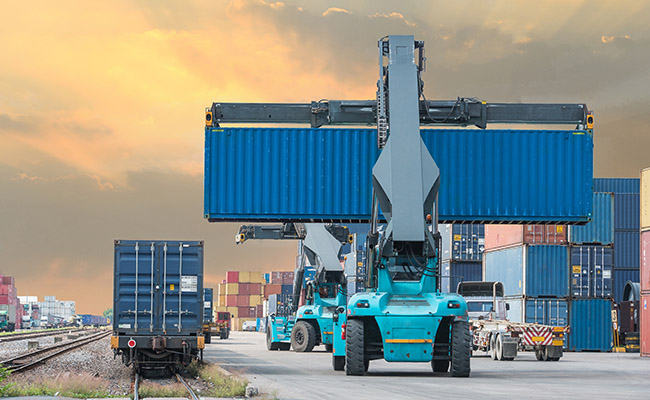The study suggests India to undertake massive investments in vocational ecosystems and infrastructure development to become a world-class exporting hub
The Dollar Business Bureau

Because of not being a part of the TPP, India may risk losing out a significant chunk of its export market to rivals
November 04, 2015 | 2:45pm IST.

 Because of not being a part of the TPP, India may risk losing out a significant chunk of its export market to rivals
Because of not being a part of the TPP, India may risk losing out a significant chunk of its export market to rivals
 Because of not being a part of the TPP, India may risk losing out a significant chunk of its export market to rivals
Because of not being a part of the TPP, India may risk losing out a significant chunk of its export market to rivals